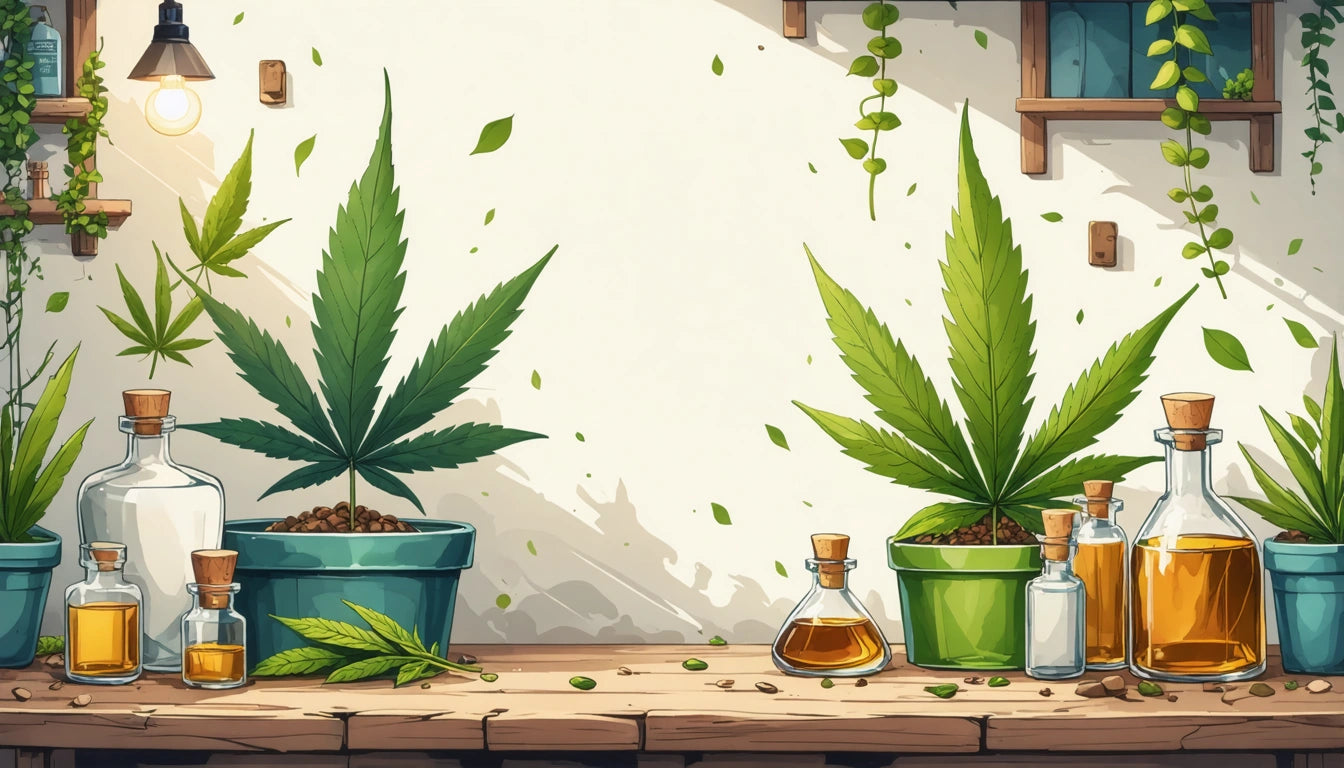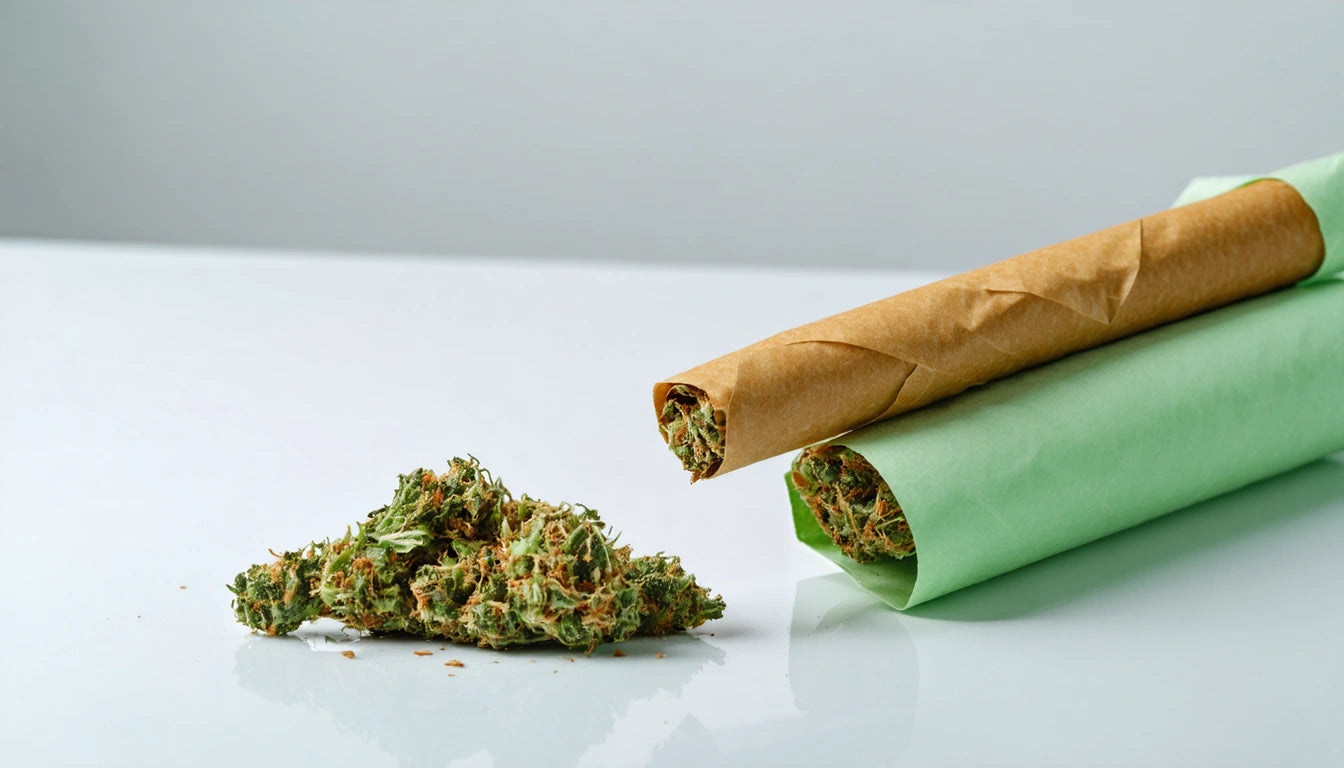Table of Contents
Design Trends in Packaging Closures You Shouldn't Ignore
Packaging closures might seem like minor details, but they significantly impact user experience, product protection, and brand perception. In the cannabis industry especially, innovative closure designs can differentiate products in a crowded marketplace while addressing crucial requirements like child resistance, freshness preservation, and ease of use.
Evolution of Packaging Closures
Traditional closures like simple screw tops and flip caps have evolved into sophisticated systems that combine multiple functions. Today's packaging closures must balance regulatory compliance, user experience, and brand aesthetics while addressing sustainability concerns.
This evolution mirrors broader packaging design trends, where details once considered purely functional now serve as brand touchpoints and opportunities for innovation.
Functional Design Trends
Function-forward closures prioritize performance while incorporating design elements that enhance user experience and product protection.
Child-Resistant Innovations
Child-resistant closures have advanced beyond the frustrating push-and-turn mechanisms of the past. New designs maintain safety while improving accessibility for adults, particularly those with dexterity limitations or medical conditions.
Innovative solutions include:
- Squeeze-and-turn mechanisms that require adult hand strength
- Button-activated sliding systems
- Alignment-based opening mechanisms with visual cues
- Two-step processes that remain intuitive for adults
These designs address the dual challenge of preventing child access while ensuring legitimate users can open packaging without frustration.
Humidity Control Integration
For cannabis flower products, maintaining optimal humidity levels is crucial for preserving potency, flavor, and texture. Modern closure designs increasingly incorporate humidity control solutions directly into caps and lids.
Some brands are now using specialized humidity control solutions that maintain ideal moisture levels through integrated packaging components, eliminating the need for separate humidity packs inside containers.
These integrated systems preserve product quality while simplifying the user experience, a win-win for both brands and consumers.
Aesthetic Closure Trends
Beyond function, closures present opportunities for visual differentiation and tactile engagement.
Color and Texture
Color trends in closures often reflect broader packaging design movements. According to recent color trend analysis, warm sunset gradients are gaining popularity across packaging elements, including closures.
Texture is equally important, with matte finishes dominating shelf appeal in premium segments. Soft-touch coatings and tactile elements create memorable physical interactions with packaging.
Minimalist Approaches
Clean, minimalist closure designs align with contemporary aesthetics while highlighting brand elements. This approach often features:
- Monochromatic color schemes
- Subtle embossing of brand elements
- Integration with overall container shape
- Reduced visual noise through simplified mechanisms
This minimalist trend connects with biophilic design principles, where natural elements and clean aesthetics create a sense of calm and authenticity.
Sustainability in Closure Design
Environmental concerns are driving innovation in closure materials and designs. Sustainable trends include:
- Mono-material closures that simplify recycling
- Bioplastic alternatives derived from renewable resources
- Reduced material usage through structural optimization
- Refillable and reusable closure systems
- Removal of unnecessary components like inner seals when not required for freshness
These sustainable approaches address growing consumer demand for environmentally responsible packaging while often reducing long-term costs for brands.
Implementing Closure Trends in Your Packaging Strategy
When evaluating closure options for your cannabis products, consider these strategic approaches:
- Prioritize functionality that addresses specific product needs (moisture protection, oxidation prevention, dosage control)
- Select closures that complement your brand's visual identity and price positioning
- Test usability with actual consumers across age ranges and ability levels
- Consider the entire lifecycle of your packaging, including disposal or recycling
- Evaluate how closure choices impact filling operations and supply chain efficiency
The most successful packaging closure designs balance multiple priorities rather than focusing exclusively on aesthetics or functionality. By understanding current trends in closure design, cannabis brands can make informed decisions that enhance both product protection and consumer experience.
As packaging continues to evolve as a critical marketing and functional element, paying attention to these closure design trends ensures your products remain relevant, compliant, and appealing in an increasingly competitive marketplace.











Leave a comment
All comments are moderated before being published.
This site is protected by hCaptcha and the hCaptcha Privacy Policy and Terms of Service apply.